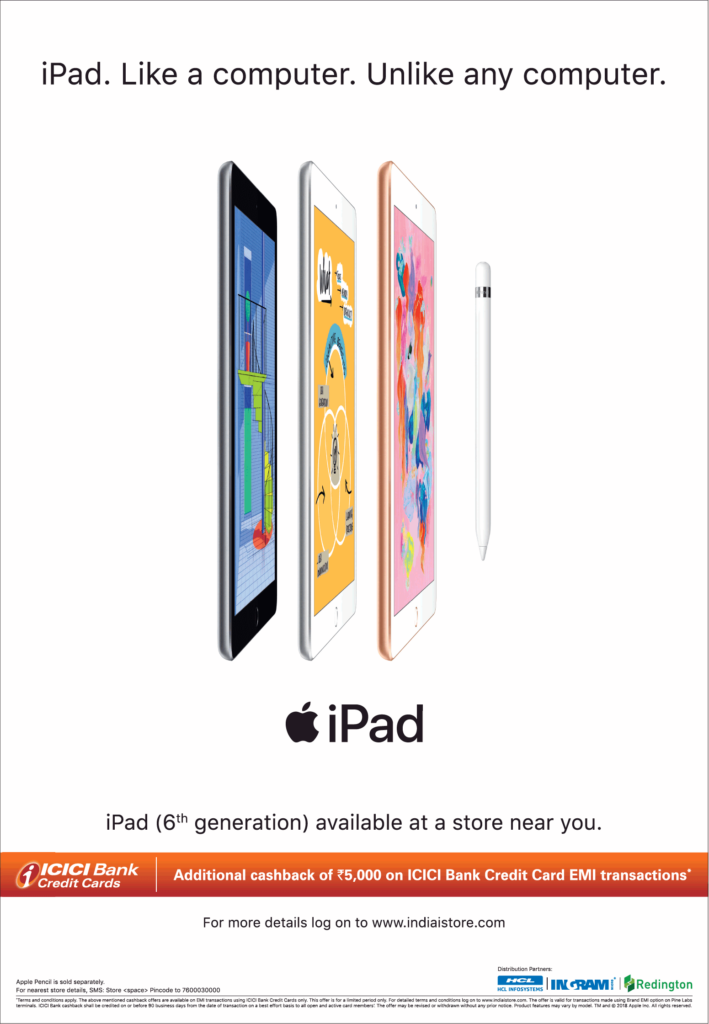It’s been more than a decade since Simon Sinek inspired us all to “start with why.” Today, those three words are the cornerstone of many a marketing mantra. The question is – should they be?
“Start with why” is a great tagline. It’s short, catchy, and broad enough to apply to far more scenarios than Sinek talks about in his book. There’s the existential “why we exist,” the strategic “why customers should choose us,” and the tactical “why implement this feature/message/channel.”
Before you can launch a strategy built on why, you need to understand what it means to you.
Using ‘start with why’ to build messaging
Sinek talks about the existential why. His book is built on the thesis that companies grounded in a purpose greater than profits see greater success.
It’s a business and management text, not a marketing book. But once the catchphrase found its way into marketing decks it became the foundation for messaging strategies that pushed aside features and benefits in favor of fuzzy declarations of brand values.
The problem with this approach is that sometimes customers need to understand features and benefits, especially in the case of an innovative product or fledgling industry.
Sinek’s book frequently points to Apple as a successful business devoted to its why. But that doesn’t mean the company’s messages gloss over features to focus on rebellious innovation.
Before it could get away with three-word ad copy, Apple had to establish its brand and the demand for its products. In its early years, full-page magazine ads frequently featured a half-page or more of 12-point text promoting features and benefits.


This approach to messaging also doesn’t consider all the factors influencing your customer’s buying decision. An individual making a low-risk personal decision like which detergent to buy is under far fewer external pressures than a professional investing thousands of company dollars on a purchase that’s not easily undone.
The first person can afford to be swayed by personal conviction; the second needs features and benefits to back their decision up.
“In B2C [business-to-consumer] markets ‘why’ can help you break into a crowded market,” brand strategist Josef James says. “But there are a lot of B2B [business-to-business] markets – software-as-a-service for example – where I’ve seen it not matter one bit.”
If you truly follow Sinek’s process for starting with why, your company purpose will influence your brand messaging. But that doesn’t mean it should be your brand messaging. Hitting people over the head with your corporate mission comes across as self-righteous and ignores the most basic consumer question – what’s in it for me?
“You need to understand both sides of the conversation: what you say and what your audience hears,” copywriter and brand voice expert Justin Blackman says. “The right ‘why’ is 67 layers deep, buried behind emotions, personal history, backstory, and decades of generational influence. Sometimes, in order to be effective, you need to adapt your message to accommodate your reader. Your ‘why’ is less important to them than their ‘why.’”
Sometimes, in order to be effective, you need to adapt your message to accommodate your reader. Your ‘why’ is less important to them than their ‘why.’
Justin Blackman
Using ‘start with why’ to build a brand
So where does “start with why” really shine? In branding. Sinek originally conceived the concept as a North Star to guide business decisions, not as a hack to write better copy. Whatever its value to external audiences, to the people inside your company, your why is solid gold.
“Just because it isn’t always valuable in the buying decision does not for one second mean it’s not valuable. It is,” James says. “Knowing why the business exists, what it stands for, and where it’s going helps you build a brand persona, find the right people, and gain a following.”
A clearly defined why ensures decisions from “who to hire” to “what features to ship” align with deeper company values. That is what builds a strong culture and drives employee loyalty.
“I don’t think ‘start with why’ should be the be-all, end-all of market positioning,” visual brand designer Megan Kranzler says. “It’s more of a rallying point to give meaning to the work the owner and employees are doing.”
If you start with why while building your brand, you don’t need to start with it to build messaging. Your core values will shine through your brand voice, drawing in customers who feel the same way.
Your why isn’t something you need your audience to hear; it’s what you want them to feel.
It only works if you walk the talk
So does “start with why” have strategic value from a marketing standpoint? Yes – as an internal strategy. It can be a powerful force to rally and align all the elements that go into a corporate brand.
Externally, though, don’t try to build messaging around your why. Build it around your customers – their desires, pain points, and frustrations.
As long as your messaging lines up with your values, they’ll get the idea. Remember, they’re more interested in their why for buying than in your why for selling.
See the TED talk that started it all – Simon Sinek on ‘start with why.’
